Death in the air: Demystifying the smog drowning Lahore
As the city’s air quality dips below hazardous levels, experts call for drastic measures to mitigate the crisis
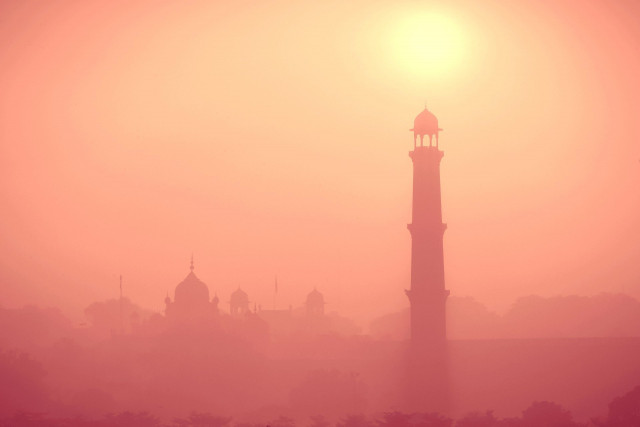
Heavy smog wraps Badshahi Mosque in Lahore. PHOTO: AFP
On November 15 last year, dense smog in Lahore forced the Punjab government to temporarily close all schools in the district, as well as the Faisalabad and Gujranwala districts.
A similar notification was issued once again on November 22. On January 4, air pollution levels in Lahore were hazardous once again and the provincial capital’s air quality plunged again. Only this time, it was third worst in the world.
Hospitals issued alerts, warning people from stepping outdoors unnecessarily, and instructing residents to wear N95 masks and goggles if outside.
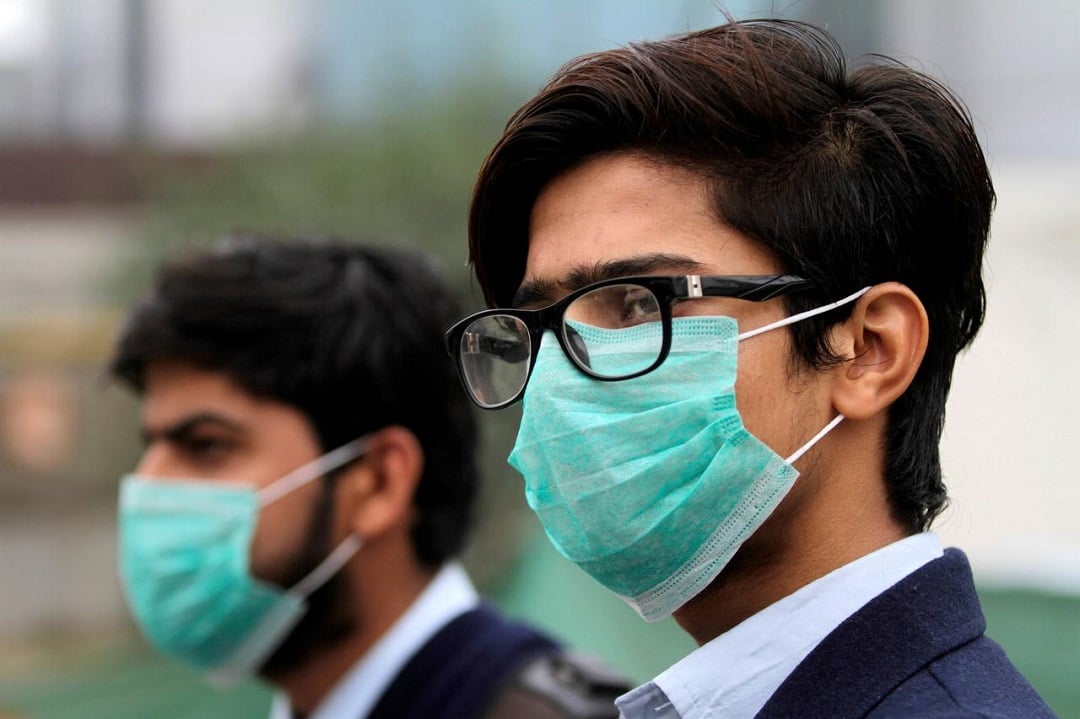 PHOTO: Reuters
PHOTO: ReutersWhat is wrong with Lahore’s air?
With an AQI value that has repeatedly exceeded 335, Lahore has frequently topped IQAIR Air Visual’s live air pollution rankings of cities around the world. The city’s PM2.5 readings, in particular, have been recorded at nearly 900µg per cubic metre, greatly exceeding parameters set by the WHO.
To ascertain how polluted air in a particular area is measured, researchers look at the concentration of six pollutants – the gases carbon monoxide, sulfur dioxide, nitrogen dioxide and ground level ozone, and particulate matter PM2.5 and PM10. Based on their concentration levels, the region in question is assigned a value between zero to 500 on an air quality index (AQI). AQI values below 50 represent good air quality, while any value greater than 300 is considered dangerous for health.
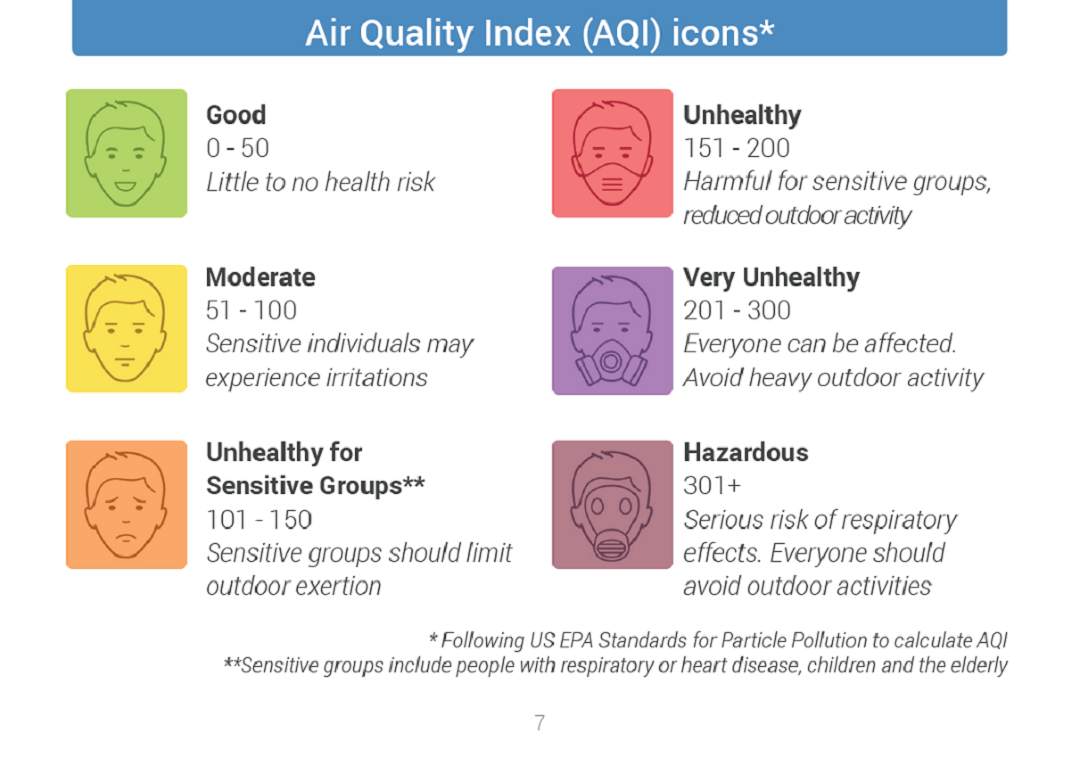 PHOTO: AIR VISUAL
PHOTO: AIR VISUALIn 2017, a Smog Commission was set up under Lahore High Court orders to determine causes and ways to reduce air pollution. In its findings, which relied on NASA data, the report revealed that the intensity, duration and spatial extent of winter smog had increased over the last several years. It also pointed out that although smog was more apparent in winter, air pollution levels were consistently high throughout the year.
According to the report urban air pollution in Pakistan is among the most severe in the world, and it is potentially capable of significantly damaging human health.
From 2007 to 2011, the reported levels of particulate matter (PM), and sulfur dioxide (SO2) were many times higher than the World Health Organization (WHO) air quality guidelines.
How dangerous is ambient air pollution?
Ambient air pollution is connected to 4.2 million deaths annually, according to WHO. The global body estimates that it accounts for 29% lung cancer cases, 43% of chronic obstructive pulmonary disease, 25% of ischaemic heart disease cases, 17% acute lower respiratory infections and 24% of all deaths from stroke.

PM 2.5
Particulate matter, a mixture of solid particles and liquid droplets in the air, is particularly dangerous. The smaller these particles are the greater their potential to cause health problems. With diameters smaller than 10μm, PM10 and PM2.5 are easily inhalable and hence, more likely to lead to health complications. The latter, in particular, has been classified by WHO as a cause of lung cancer.
A study published in the journal of Proceedings of the National Academy of Sciences in 2018 concluded that accumulative exposure to air pollution impacts intelligence. A fresh study published in the journal of Epidemiology, has also linked exposure to air pollution from burning fossil fuels to brain cancer.
A study in China revealed that exposure to particulate matter during pregnancy is associated with adverse birth outcomes, such as low birth weight, pre-term birth and small gestational age. Moreover, emergent studies indicate ambient air pollution may impair neurological development in children.
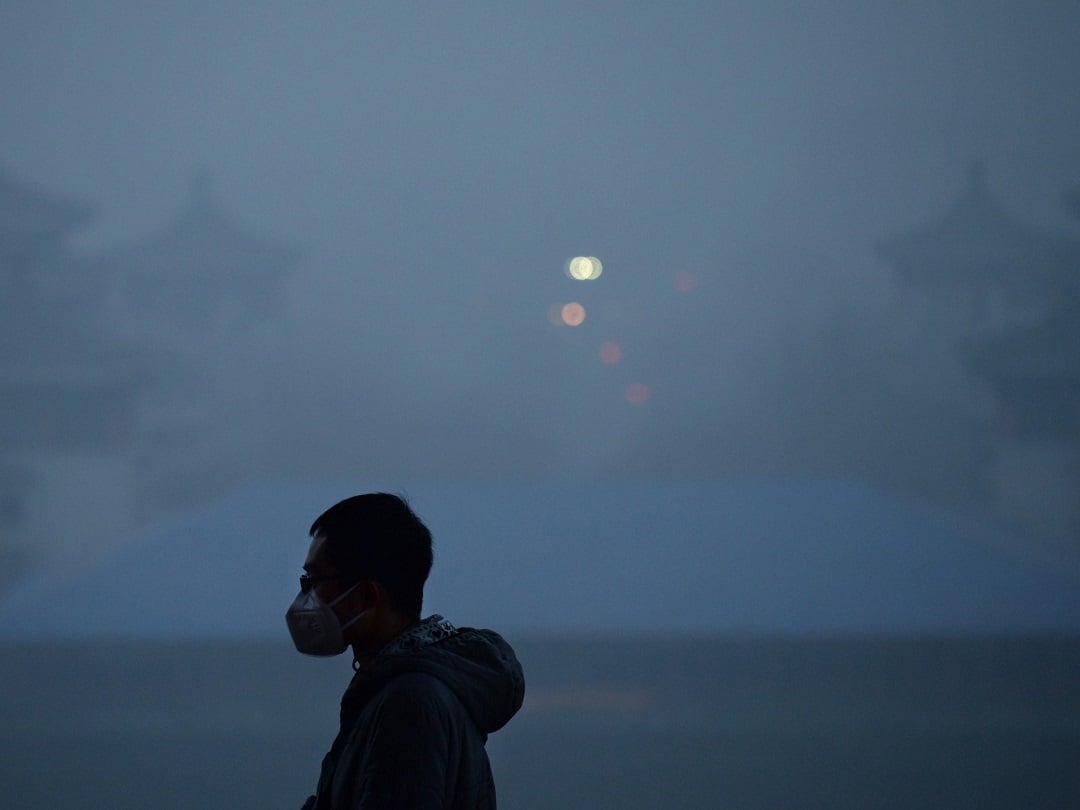 PHOTO: AFP
PHOTO: AFPIdeal course of action
One of the first things that need to be remedied, according to climate activist Rafay Alam, is the lack of air monitoring equipment in Lahore. The city has only five machines to monitor air quality but needs hundreds more, he said. He also stressed the importance of awareness campaigns so that people know how to defend themselves while appropriate measures are taken.
“Lahore smog is not just because of burning of rice stubble or the westerlies blowing from India towards Pakistan. The main issue is vehicular emissions,” said Environmental Sciences scholar Zainab Naeem. Factors cited in the Smog Commission Report also include industrial emissions and waste burning.
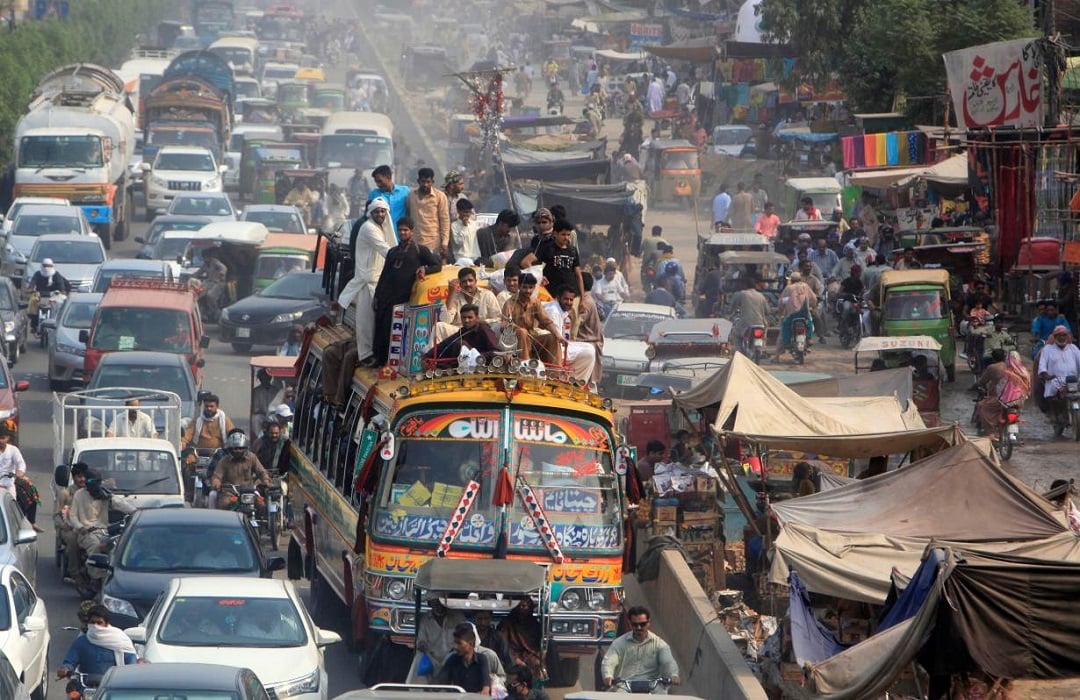 Urban air pollution in Pakistan is among the most severe in the world. PHOTO: Reuters
Urban air pollution in Pakistan is among the most severe in the world. PHOTO: ReutersHighlighting some of the actions that can be taken to curb smog Naeem stressed the use of ‘catalytic converters in cars and unleaded petrol’. She also said diesel should be banned from use for a specific period. She endorsed switching to Euro-II from Euro 5 standards for vehicular emissions which is also a recommendation of the Smog Commission. She also recommended the introduction of hybrid cars and biofuel, and called for better waste management.
The government’s action plan
Following recurring spikes in air quality readings and rising concern among environmental agencies Prime Minister Imran Khan announced his government’s plan to alleviate air pollution the country by importing more environment-friendly fuel and adopting EU's Euro-4 standards for vehicular emissions.
He promised that by 2020 Pakistan will adopt Euro 5 emissions standard and that oil refineries will be shut down if they don’t improve their fuel quality in three years. He also promised to address waste burning, provide zigzag technology to brick kilns and to encourage the auto-sector to move towards electric vehicles, among other steps
Commenting on the plan put forth by the government, environmentalist and policy analyst Dawar Hameed Butt said “It’s just a plan. We won’t see implementation until next season.” He argued that it will not be practical to ban fuels like diesel, suggesting instead “precautions in the immediate run” and public awareness campaigns.

South Asia Campaigner at Amnesty International, Rimmel Mohydin said “The government’s inadequate response to the smog in Lahore raises significant human rights concerns. The hazardous air is putting everyone’s right to health at risk,”
“The issue is so serious that we are calling on our members around the world to write to the Pakistani authorities to tell them to stop downplaying the crisis and take urgent action to protect people’s health and lives,” she added.
Drastic measures taken by China
In the run up to the 2008 summer Olympics, China, which had some of the highest levels of carbon dioxide emission, announced a slew of emergency procedures for Beijing, such as taking 3.3 million excess vehicles off roads and cutting production at hundreds of factories.
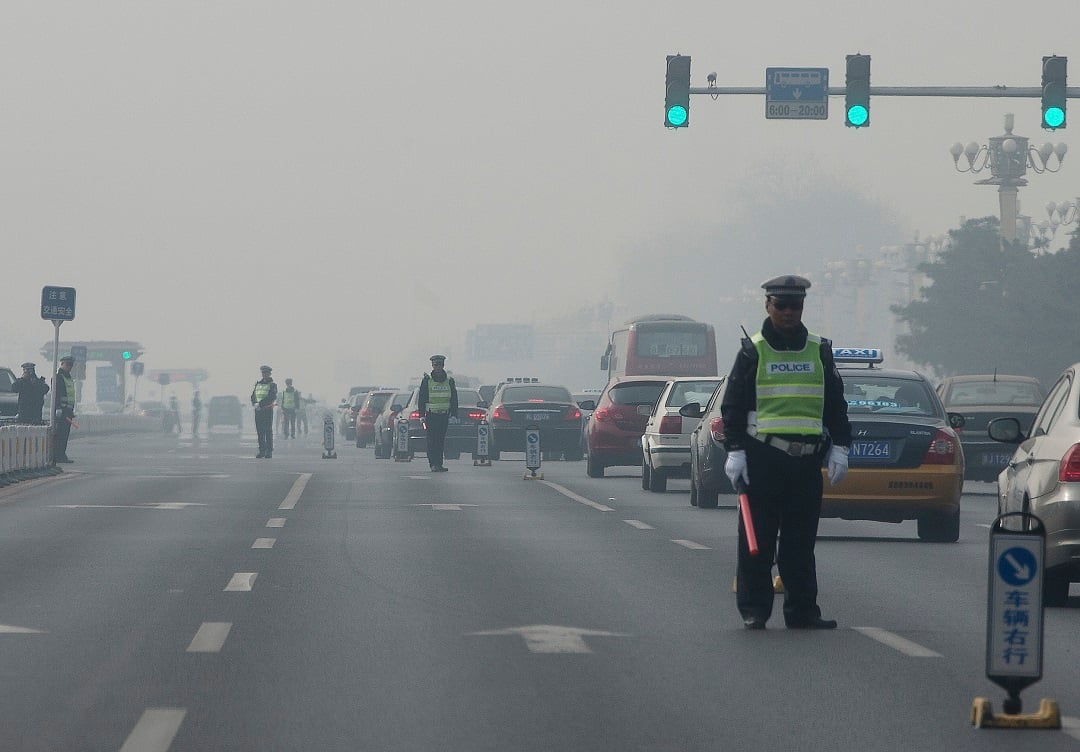 PHOTO: Reuters
PHOTO: ReutersBy mid-August, observers from the US, UK and Italy confirmed the measures were paying off. Further steps in the years that followed built up on the initial emergency. A study published by the Energy Policy Institute at the University of Chicago reveals that from 2013 to 2017, China’s most populous regions have experienced notable improvement in air quality, going from 21% to 42%.
Although China still has a long way to go in meeting national and international air quality standards, the study posits it is winning its war on air pollution.
India’s National Clean Air Plan
The world’s 14 most polluted cities fall in India according to WHO. India also launched a National Clean Air Plan in January to combat air pollution. In November 2019, Delhi restricted use of private cars implementing the “odd-even” system employed by China; allowing cars to use roads on substitute days, subject to their license plate number.
The Government of Delhi declared the air quality situation a public health emergency, shut down schools and banned construction and prohibited waste burning.
However, the measures were inadequate and ineffective in addressing the problem.
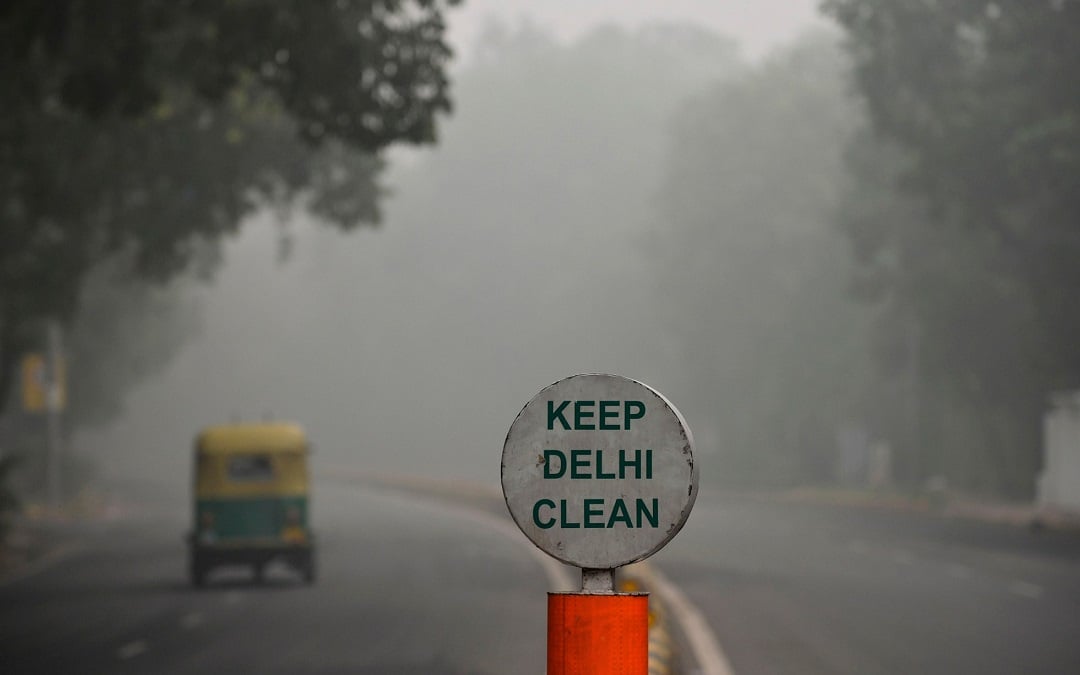 PHOTO: AFP
PHOTO: AFPA report published by the medical journal Lancet in 2015 made public that 310,000 deaths each year in Pakistan are caused by pollution, mostly air pollution.
No plan has yet been put into action to pause the decline in Lahore’s air quality. In the interim, reports of dangerous air quality seem to be escalating, not just in Lahore but other parts of the country.
That something must be done to end the air pollution crisis is no longer a subject for debate. However, while governments mull over strategies and defer action, the city of Lahore continues to breathe.



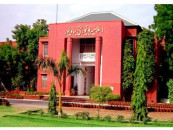














COMMENTS
Comments are moderated and generally will be posted if they are on-topic and not abusive.
For more information, please see our Comments FAQ